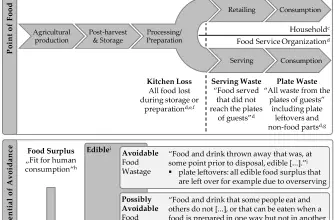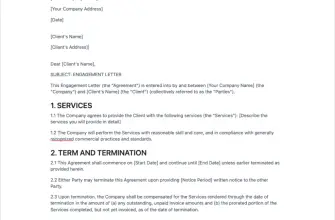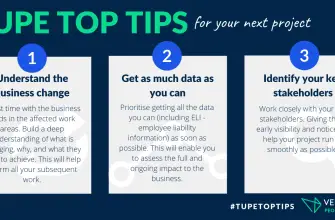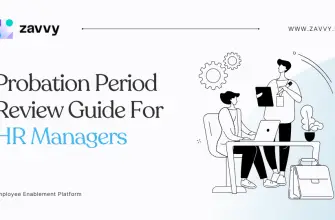In an increasingly globalized world, businesses are recognizing the importance of leveraging a diverse and geographically dispersed workforce. The concept of global talent mobility is becoming a strategic priority for many organizations, as they seek to maximize the value of their workforce and align talent management with their overall business objectives. This involves not only moving employees across different geographical locations but also managing their career development, performance, and engagement in a way that benefits both the individual and the organization. In this article, we will delve into the concept of global talent mobility, its benefits, and how it can be effectively managed to align with business objectives.
Understanding Global Talent Mobility
Global talent mobility refers to the ability of an organization to move its employees to different locations around the world, based on business needs and individual career development goals. This can involve short-term assignments, long-term relocations, or even virtual assignments where employees work remotely from different parts of the world. The aim is to ensure that the right people are in the right place at the right time, to meet the strategic objectives of the organization.
Benefits of Global Talent Mobility
There are several benefits associated with global talent mobility, including:
Enhanced business performance: By placing the right talent in the right location, organizations can improve their business performance and competitiveness. This can lead to increased productivity, innovation, and customer satisfaction.
Improved talent development: Global assignments can provide employees with valuable experiences and skills, contributing to their personal and professional development. This can lead to increased employee engagement and retention.
Increased diversity and inclusion: Global talent mobility can contribute to a more diverse and inclusive workforce, which has been shown to improve business performance and innovation.
Aligning Global Talent Mobility with Business Objectives
For global talent mobility to be effective, it needs to be aligned with the overall business objectives of the organization. This involves integrating talent mobility into the strategic planning process and ensuring that it is linked to key business goals. Here are some ways to achieve this:
Integrate talent mobility into strategic planning: Talent mobility should be considered as part of the strategic planning process, rather than as a standalone activity. This involves identifying the skills and capabilities needed to achieve business objectives, and then determining how talent mobility can help to develop and deploy these resources.
Link talent mobility to business goals: The objectives of talent mobility initiatives should be clearly linked to key business goals. This can involve aligning talent mobility with strategic initiatives such as entering new markets, developing new products, or improving operational efficiency.
Measure and monitor the impact of talent mobility: It is important to measure the impact of talent mobility on business performance and employee engagement. This can involve tracking key metrics such as productivity, innovation, customer satisfaction, and employee retention.
Talent Mobility Management
Talent mobility management involves planning, implementing, and managing the movement of employees within an organization. This requires a strategic approach that takes into account the needs of the business and the individual employee. Here are some key aspects of talent mobility management:
Planning: This involves identifying the skills and capabilities needed to achieve business objectives, and then determining how talent mobility can help to develop and deploy these resources. This can involve assessing the current talent pool, identifying gaps, and planning for future needs.
Implementation: This involves executing the talent mobility plan, which can include activities such as recruitment, relocation, training, and development. It is important to ensure that employees are adequately supported during this process, to ensure their success and engagement.
Management: This involves managing the ongoing development and performance of employees, to ensure that they are contributing to the achievement of business objectives. This can involve activities such as performance management, career development, and succession planning.
In conclusion, global talent mobility is a strategic priority for many organizations, as they seek to maximize the value of their workforce and align talent management with their overall business objectives. By effectively managing talent mobility, organizations can enhance their business performance, improve talent development, and increase diversity and inclusion. However, this requires a strategic approach that integrates talent mobility into the strategic planning process, links it to key business goals, and measures its impact on business performance and employee engagement.









